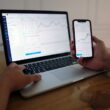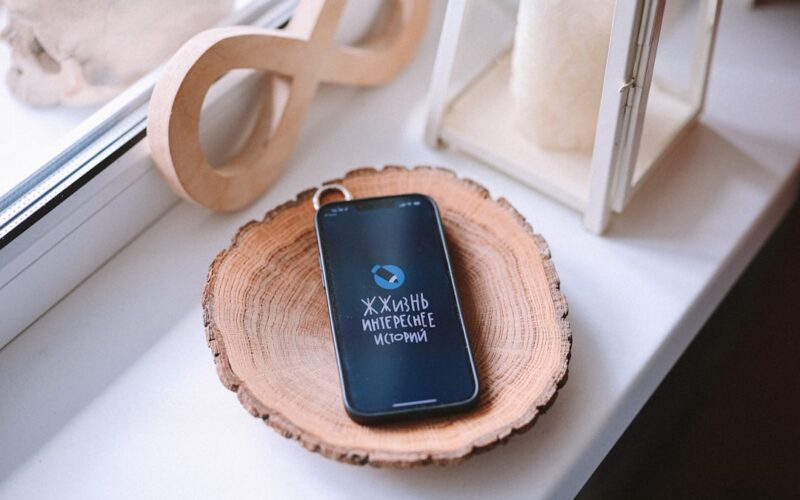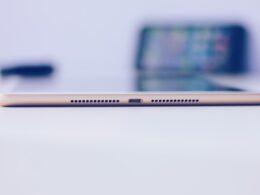Apple’s major iOS 26 update landed this week, promising a sleek new interface dubbed “Liquid Glass.” Instead of applause, the tech giant is facing a wave of frustrated users who say the glassy redesign is more headache than eye candy.
Liquid Glass: Apple’s Boldest Redesign in a Decade
Billed as the iPhone’s “biggest interface redesign in over a decade,” Liquid Glass brings translucent backgrounds, ripple animations, and curvier system cards to iPhones everywhere. App icons and widgets now float over glass-like panels that shift and blur with every swipe. Apple touted this look as “beautiful,” claiming it would deliver clarity and depth. But for many, clarity is the last thing they’re experiencing.
Social media lit up within hours of iOS 26’s release. One X user lamented, “Everything is wobbly, flashy, distracting. Most things are unreadable.” Others called notifications “literal eyesores” or compared the backlash to the infamous iOS 7 redesign. Some even said the background animations made them dizzy. One Redditor complained, “iOS 26 is a visual disaster,” while another flagged issues like misaligned keyboards and hard-to-see charging indicators in widgets.
Bigger Problems: Battery Drain & Overheating
The design isn’t the only gripe. Tech Times reported a surge of battery health complaints just hours after launch. Users said their phones overheated, and some watched their battery percentage plummet from 100% to as low as 79% in under an hour post-update. “iOS 26 is making my phone a brick,” one frustrated user declared online.
Apple did tweak transparency levels during multiple beta releases after receiving early feedback, but many claim the final version remains too distracting. Thankfully, users can reduce (though not entirely disable) the Liquid Glass effect by heading to their home screen settings—tapping “Edit,” then “Tinted,” and selecting “Increase Contrast” cuts down on the transparency.
In fairness, backlash tends to follow every big iOS update, with many users eventually adjusting to new designs. Still, between battery woes and widespread complaints about readability and usability, it’s clear Liquid Glass isn’t winning everyone over just yet.










